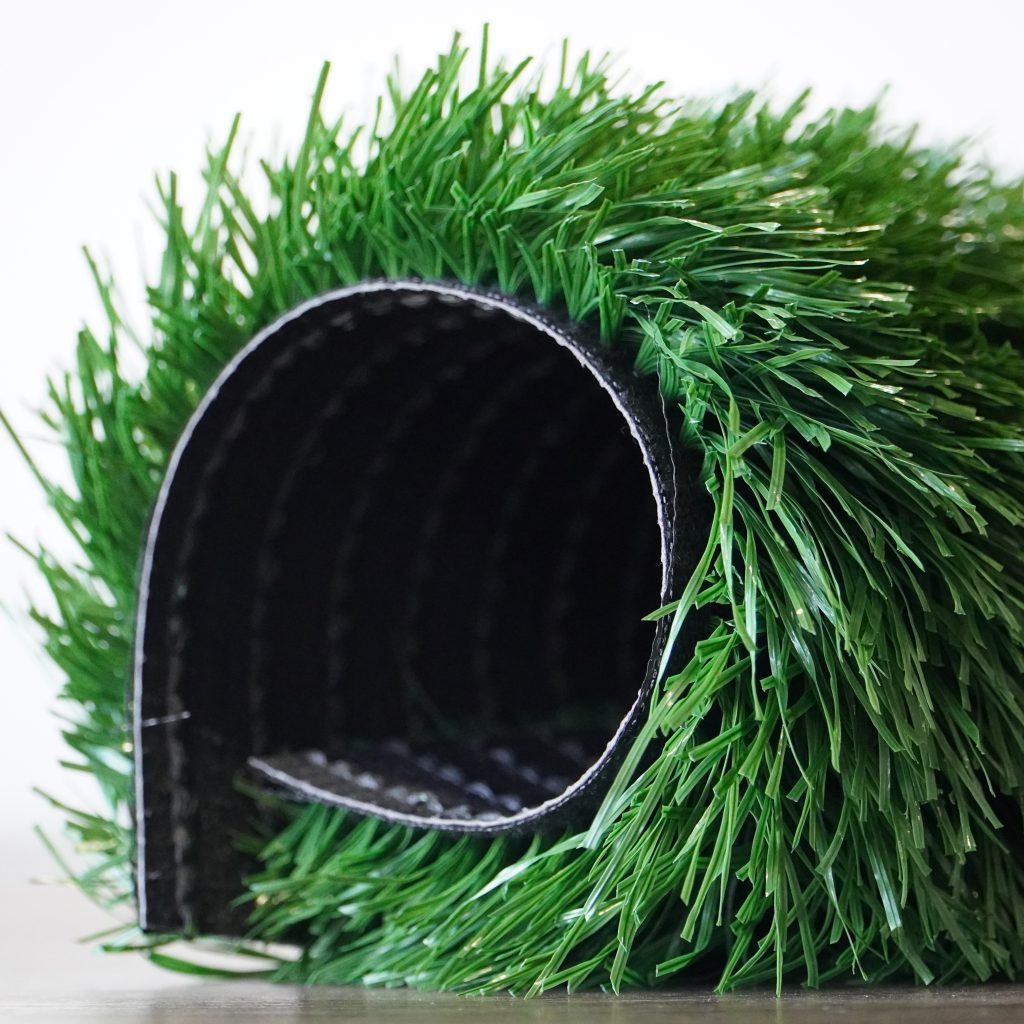
News
The development of artificial grass has always been centered on technological upgrading, constantly expanding its functional boundaries and application scenarios. From a technical perspective, the new generation of artificial grass adopts a three-dimensional curling grass fiber process, enhancing the fluffiness and elasticity of the grass fibers, and providing a touch feel closer to that of natural grass. At the same time, anti-UV stabilizers and antibacterial coatings are introduced, which not only can resist strong light exposure without fading, but also can inhibit bacterial growth, making it suitable for sensitive scenarios such as children's activity areas and pet parks.
Functionally, artificial grass achieves "multiple uses in one material" : as a sports field covering, its coefficient of friction is controlled between 0.5 and 0.7, meeting the requirements of different sports such as football and hockey for the field. As a landscape greening material, by splicing products of different grass heights and colors, a rich and layered greening effect can be created. Some special-purpose artificial grass also has sound insulation and heat insulation properties. When applied to roofs or interior walls, it can help improve the space environment.
Industry application trends show that artificial grass is developing towards lightweighting and modularization. Modular products support rapid laying and dismantling, reducing construction costs. Lightweight design reduces the load requirements for the paved base layer and is extended to scenarios such as old site renovation and temporary event venues. Empowered by technology, artificial grass has become a modern greening carrier that combines functionality, environmental protection and economy.
